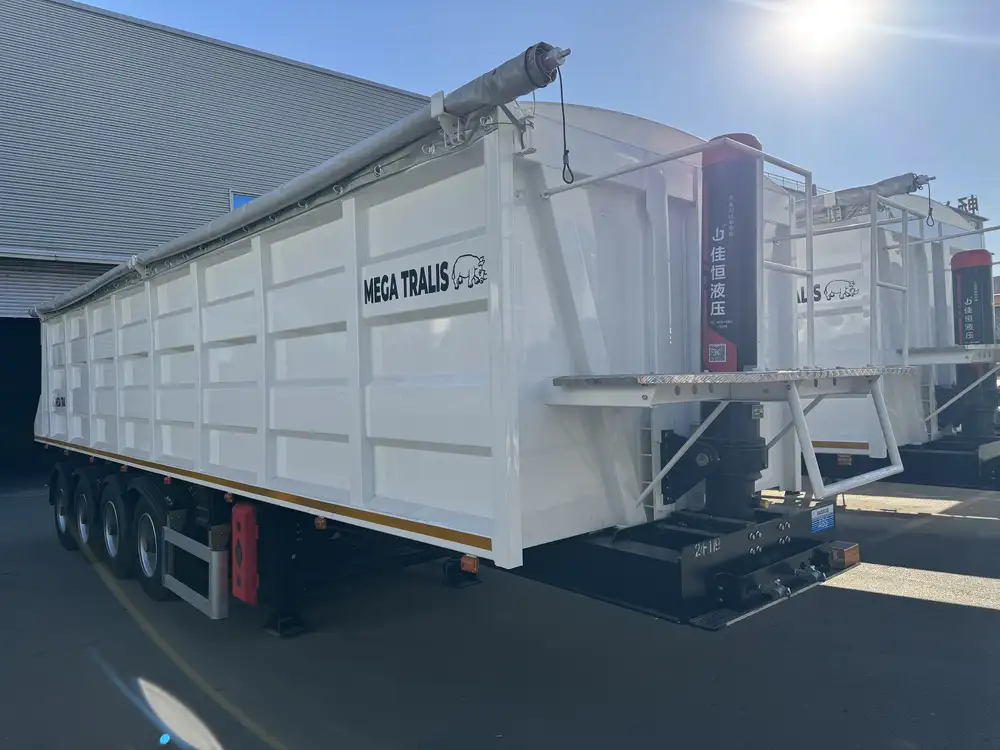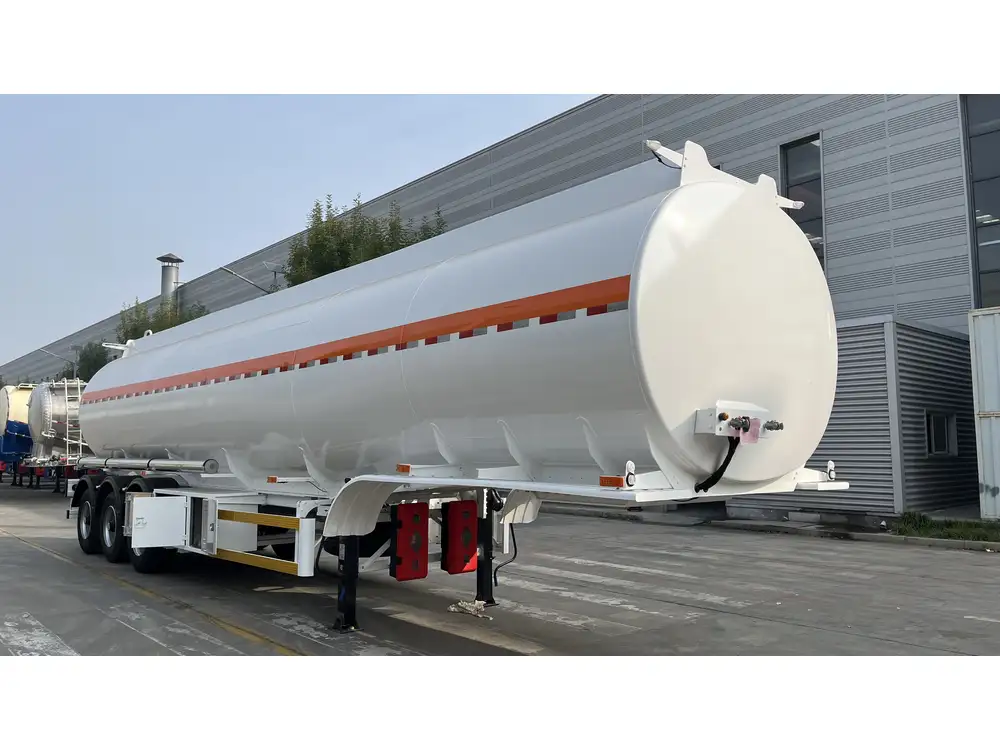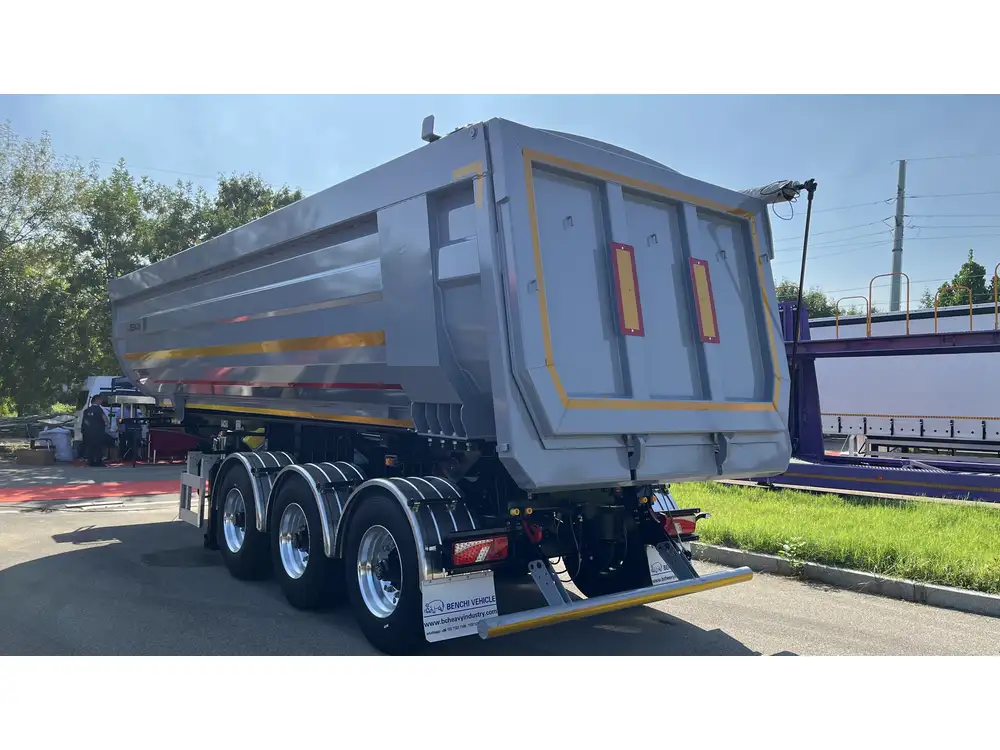Drawing a semi tractor trailer is a fascinating endeavor that can combine artistic skill with a solid understanding of engineering and design principles. This guide will delve into the intricate details and structured techniques needed to craft an impressive representation of a semi tractor trailer. Whether you are an aspiring artist or a professional looking to refine your skills, this detailed overview will provide you with everything you need to create an impressive illustration.
Understanding the Anatomy of a Semi Tractor Trailer
Before picking up a pencil, it’s crucial to appreciate the components that collectively form a semi tractor trailer. The semi trailer is comprised of various parts, each serving a distinct function. Here’s a structured breakdown of the fundamental components:
| Component | Description |
|---|---|
| Tractor Unit | The front part of the vehicle, which houses the engine and controls. It includes the cab, which is where the driver resides. |
| Trailer | The cargo-carrying part of the vehicle that is towed by the tractor unit. Trailers vary in size and type depending on the load they are designed to carry. |
| Fifth Wheel | A coupling device mounted on the tractor that connects to the trailer, allowing it to pivot and maneuver. |
| Axles | The structural components that support the weight of the trailer and provide stability during transit. |
| Wheels and Tires | Essential for movement, the wheels and tires facilitate transport over various terrains. |
| Lights and Reflectors | Safety features that ensure visibility during night and adverse weather conditions. |
Familiarity with these components will provide essential context for your drawing, helping you capture their unique characteristics.
Step-by-Step Process to Draw a Semi Tractor Trailer

Step 1: Gather Your Tools
To create an effective representation of a semi tractor trailer, having the right supplies at your disposal is critical. Here’s a basic checklist:
- Pencils and Erasers: Graphite pencils ranging from hard (H) to soft (B) for different shading effects.
- Ruler: To maintain straight lines and accurate proportions.
- Paper: Choose a thick drawing paper that can handle adjustments and erasing.
- Markers or Fine-liners: For detailing and finishing touches.
- Color Pencils or Paints: Optional, for adding color to your masterpiece.
Step 2: Sketch the Basic Shapes
Begin with a light sketch to outline the primary shapes that will form the tractor and trailer. Utilizing basic geometric shapes helps ensure accurate proportions. Here’s how to proceed:
- Draw the Tractor: Start with a rectangle for the cab and add two squares for the front and back sections.
- Add the Trailer: Draw a larger rectangle directly behind the tractor to represent the trailer.
- Connect Them: Use simple lines to represent the fifth wheel coupling, ensuring they are aligned correctly.
Step 3: Refine and Add Details
Once the basic shapes are in place, it’s time to refine the forms and add details:
- Cab Windows: Draw windows on the cab, giving them an appropriate angle and curvature.
- Wheels: Sketch circles for the wheels, keeping in mind the size differences between the tractor’s and trailer’s wheels. Typically, the trailer has larger wheels.
- Lights: Detail out the headlights and taillights on both the tractor and trailer. Make sure to incorporate the reflective parts accurately for added realism.

Step 4: Define Structural Elements
At this point, focus on establishing the structural elements of the semi tractor trailer:
- Fenders: Add fenders over the rear wheels in a shape that contours appropriately to the wheels.
- Axles: Indicate where the axles will be positioned, ensuring they connect logically to the wheels.
- Hitch: Draw the fifth wheel with distinct features, showcasing the mechanical aspects of the connection.
Step 5: Add Textures and Shading
This stage is vital for providing depth and realism to your drawing:
- Shading Techniques: Use cross-hatching or stippling to create shadows on the tractor and trailer.
- Texture on Surfaces: Represent the metal textures of the tractor and trailer with enhanced detail, using finer lines to depict the surface intricacies.
- Highlighting: Add highlights to represent reflections, particularly on windows and metal parts.
Step 6: Final Touches and Refinements
Review your drawing for any areas that need improvement or additional details. Erase any unnecessary lines, clean up the sketch, and darken the important lines with a fineliner or marker.
- Coloring (Optional): If desired, use your coloring tools to add life to your sketch. Pay close attention to real-world color schemes used in trucking, often seen in vibrant companies’ liveries.
- Background Elements: Enhance your drawing by including elements such as a loading dock, other vehicles, or a bustling cityscape, which adds context to your illustration.

Comparison of Drawing Techniques
When embarking on a drawing project, it is useful to select a technique that aligns with your artistic style or the level of detail you wish to achieve. Here’s a comparison of various techniques that can be effective for drawing a semi tractor trailer.
| Technique | Pros | Cons |
|---|---|---|
| Realism | Captures every detail accurately, resembles real life. | Time-consuming, requires advanced techniques. |
| Cartoon Style | Fun and accessible, allowing for creativity. | May lack detail and realism. |
| Technical Drawing | Precise and structured, ideal for engineering contexts. | Can be less visually appealing and more mechanical. |
| Abstract | Open to interpretation, promoting unique styles. | May confuse viewers unfamiliar with the subject. |
Common Mistakes to Avoid
When undertaking the task of drawing a semi tractor trailer, certain pitfalls can detract from the quality of your work. Here are some common mistakes and tips to avoid them:
- Ignoring Proportions: Always ensure that your measurements are accurate; scale discrepancies can undermine realism.
- Overcomplicating Initial Sketches: Resist the urge to add too many details early on. Start simple and build complexity gradually.
- Lack of Depth: Shadows and highlights are crucial for adding dimension—neglecting these elements results in a flat appearance.
- Overlooking the Environment: A vehicle is rarely viewed in isolation; consider adding a contextual background for a more dynamic illustration.
Answering Frequently Asked Questions

What Perspective Should I Use When Drawing?
Choosing a perspective can significantly impact the effectiveness of your drawing. Opting for a three-quarter view creates a volumetric representation, allowing for more detail to be visible. Alternatively, side views are straightforward and can often render basic shapes more clearly.
How Long Should It Take to Draw a Semi Tractor Trailer?
The time required to complete your drawing can vary. Beginners may take several hours, while seasoned artists might finish in a shorter period. Factors include complexity, detailing, and your familiarity with the subject.
Is it Important to Use Reference Images?
Yes! Reference images can provide invaluable insights into the proportions, designs, and settings of semi tractor trailers. Studying photographs or physical examples can improve accuracy and inspire creativity.

Tips for Continuous Improvement
To continually enhance your drawing skills, consider these strategies:
- Practice Regularly: Consistency is key. Dedicate time each week to practice drawing semi tractor trailers and other vehicles.
- Seek Feedback: Share your drawings within art communities to receive constructive critiques and suggestions for improvement.
- Study Perspectives and Shadows: An understanding of perspective and shading enhances the realism of your work. Tutorials focusing on these techniques can be very useful.
Conclusion
Fiery passion for art and a meticulous approach to understanding how to draw a semi tractor trailer can yield stunning results. This comprehensive guide serves as a roadmap, providing you with the knowledge required to create an accurate and artistic depiction of this intricate vehicle. Keep practicing, embrace the learning process, and soon, you’ll be crafting illustrations that not only capture the essence of a semi tractor trailer but also stand out in any artistic endeavor.



